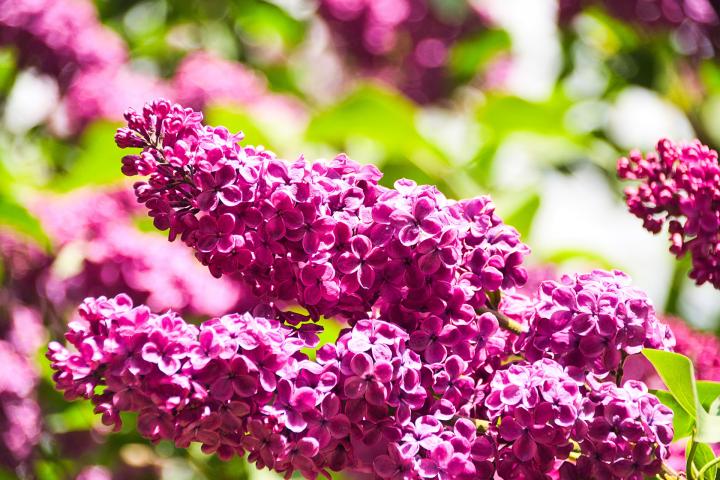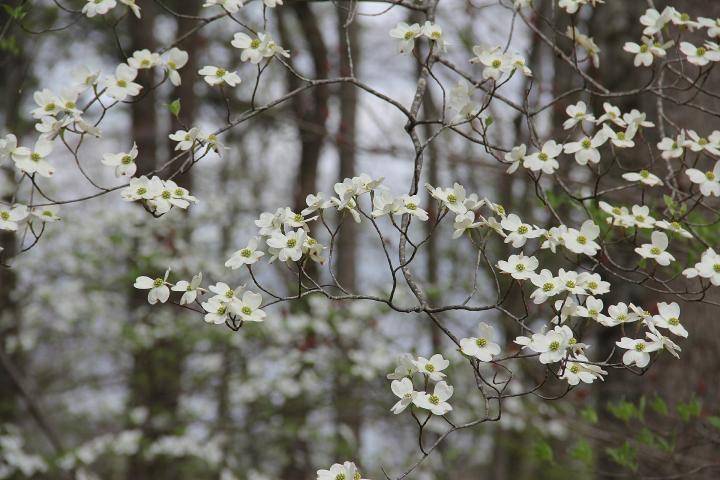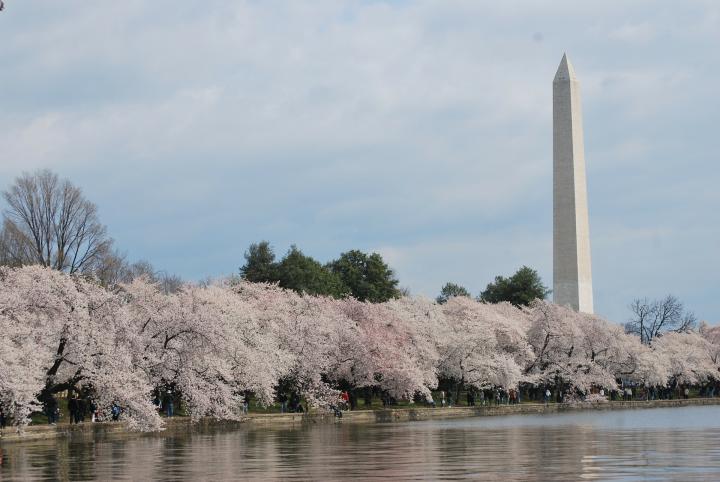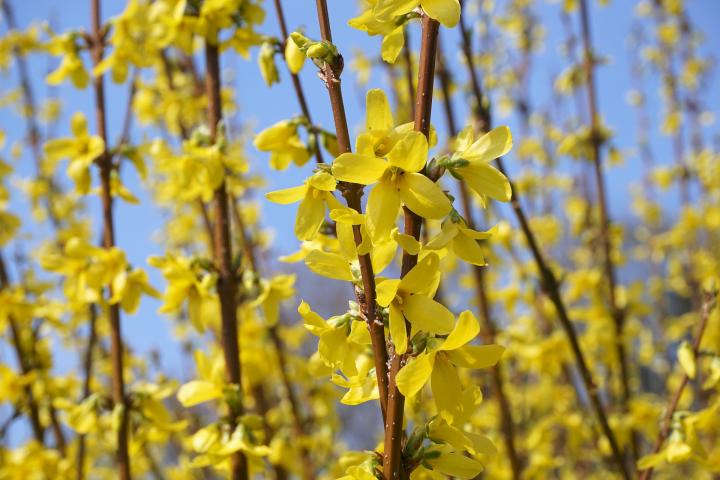Don’t be tempted to start planting too soon! Average spring frosts are just a rough guide. Springcasting is a way to predict and track the progress of spring across the continent—as defined by plants. See when spring “officially” makes it to your neck of the woods.
During an unusually warm stretch of weather in March, I was greatly tempted to start planting. Thankfully, I did not succumb to that temptation because the next week turned cold, cold, cold.
How do you know when to plant? Spring frost dates are a rough guide. But also keep in mind that a frost date is not an “actual” date; it’s a probability of frost based on decades of historical information. Think of it as a future estimate of your last frost date. See the Almanac’s Frost Date Calculator for your zip code.
Taking Soil Temperature
Taking my soil temperature to gauge when it is safe to plant is something I do every spring but I recently found out from a Master Gardener that I was doing it wrong. I usually took the reading in late morning to early afternoon. Not a wise move since by then the sun has had a chance to warm the soil and give a temperature on the high side.
For a more accurate reading, it is recommended that we take the temperature 2 inches down at 9 AM every day for at least 5 days in a row and then average the numbers to get a picture of soil warmth after a cold night. When the soil is 40 degrees or above it is safe to start planting your cold weather crops like peas, radishes, spinach, etc.
Springcasting Map
Springcasting is a way to predict and track the progress of spring across the continent. Knowing when different local plants—such as dogwood and lilac—leaf out and blossom is the natural way to determine when to plant.
Look at these maps website to see if spring—as defined by plants—has “officially” made it to your neck of the woods yet.
- To forecast spring, the Phenology Network tracks the first leaves and the first blossoms on lilac, dogwood, and honeysuckle plants across the nation. By studying phenomena like the flowering of native plants, we also learn about the emergence of insects and pollinators and the migration of birds and animals. Learn more about phenology in the garden.
- This is a citizen science project that you can take part in. Called Nature’s Notebook, you can sign up to add the plants and/or animals you wish to observe from a list of over 1400 species being studied. Learn more about citizen science.

‘Red Rothomagensis’ lilac does not produce any seeds.
Comparing Cloned Plants
Another way to track spring is to compare cloned plants. The Phenology Network invites you to participate in project by planting a lilac and/or dogwood to observe them over 6 weeks each year to compare growth and blossoming with previous years. Things like leaf emergence, bud break, full flowering, and seeds are noted.
Why cloned plants? They are genetically identical, so no matter where they are grown in the country, you will be comparing identical plants or “apples to apples.” The Phenology Network tracks 2 specific varieties: ‘Appalachian Spring’ dogwood and ‘Red Rothomagensis’ lilac.

Appalachian Spring’ dogwood has natural resistance to dogwood anthracnose.
We all know about the cherry blossoms in Washington D.C. Three hundred Yoshino cherry trees were given to the US by the mayor of Tokyo in 1912 as a gift of friendship. Cherry blossoms are a classic indicator of how quickly spring is traveling from south to north. The blooms have peaked as early as March 15 (1990) and as late as April 18 (1958).

The Yoshino cherries have white single blossoms with just a hint of pink. There are also Kwanzan cherries growing in the Tidal Basin area of Washington DC that bloom a little later. They are darker pink and have multi-petals.
Why cherry blossoms? These trees are very sensitive to temperature changes. If the temperature drops below 28 degrees for 30 minutes or more, it can kill the blossoms.
- Warm weather in 2021 sped up the development of the flowers and caused them to peak on March 28 which is four days earlier than the 20 year average date of April 1.
- This is in sync with the cherry trees in Kyoto which bloomed 10 days early this year.
- These early bloom times are attributed to global climate change. If flowering plants blossom too early the pollinators they rely on may not have emerged yet which is bad for both bug and plant. Since 1921, the peak bloom time has shifted 5 days earlier.

When the forsythia blooms, plant peas, onion sets, radishes, and spinach.
I live further north than many of my fellow gardeners. So, I have been faithfully taking my soil temps this week and they are rising each day but I am also keeping an eye on the forsythia in my yard. The buds are coloring up and elongating. As soon as they start to open, I will know it is time to plant. That little bit of phenology has served me well over the years.
Do you have a similar tree or plant that cues planting times? I’d love to hear about plants and trees in your neck of the woods.














